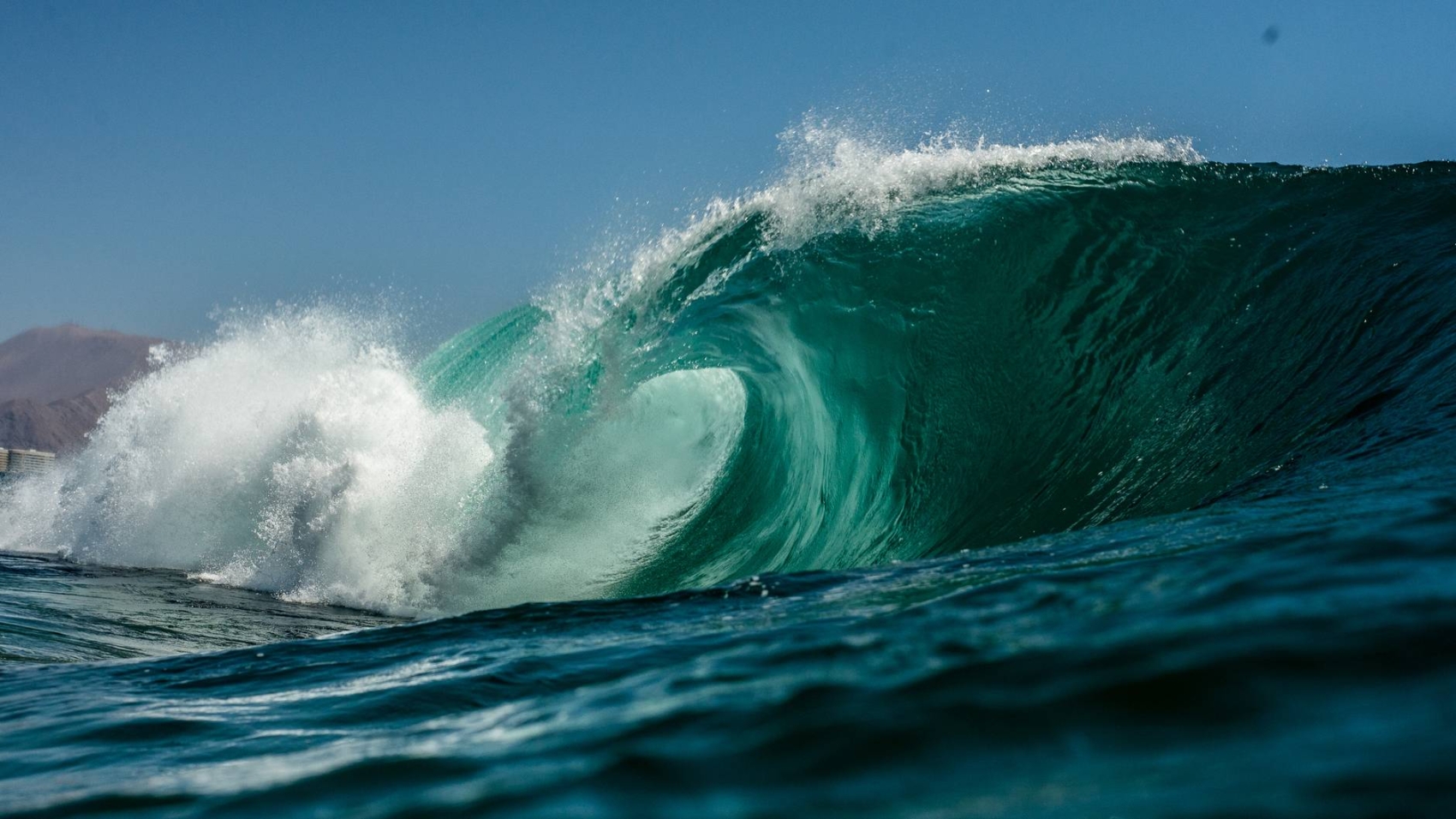The rise of spring tide in Gulf of Khambat is over 10 Meters. Few other locations in the world have such large tidal ranges. This is nature’s way of providing us a large amount of ‘power’ every few hours and taking it back, since we have not learnt to harness it.
The ocean provides us ‘power’ to harness in a few forms. Waves on the surface, ocean currents, tidal streams, rise of tide and of course the thermal inversion.
The ocean provides us ‘power’ to harness in a few forms. Waves on the surface, ocean currents, tidal streams, rise of tide and of course the thermal inversion.
There are dozens of ways how the energy on the surface waves can be converted to useful forms. This can be done by rotating a shaft of any turbine or generator or by pumping air or hydraulics. The energy is definitely out there in abundance. Those who go out to sea, know the power of the waves. It can bend steel pipes and break up a ‘non-seaworthy’ vessel.
Wave Energy Converters (WEC), where part of system is seated on the seabed have logistical challenges of deployment and siting*. Floating versions of the same can be assembled in port, wet towed to location and anchored. Most countries with a coast have a large fetch and waves bring a lot of energy to the coast. It is not the breaking waves on the beach, but the unbroken waves a few dozen meters away that represents this energy. Wave energy is very space efficient as compared to solar, that makes it very suitable in many locations.
Tidal energy is a very reliable source of power. Unlike the wind and wave with their seasonal and unseasonal variations, tides are very predictable years ahead. That will make the production predictable and plan the consumption cycles. Since tides predominantly follow the moon, there is a time lag every day and not the easiest to sync the power production and the human consumption cycles. Storage of energy becomes absolutely necessary to smoothen the power yield and demand curves.

